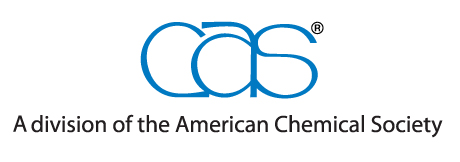COMPARATIVE STUDY OF THE TRICLOSAN ADSORPTION EFFICIENCY BY ACTIVATED CARBON AND MODIFIED BIOSORBENT SYNTHESISED FROM A COMMON LOCAL PRECURSOR
DOI:
https://doi.org/10.29121/ijesrtp.v14.i5.2025.1Keywords:
activated carbon, modified biosorbent, sawdust, triclosan, adsorptionAbstract
Sawdust was used as a precursor for the synthesis of activated carbon (AC) and a modified biosorbent (BS), with the aim of using them to remove triclosan from an aqueous solution. The AC was prepared by chemical activation. The process was optimised by analysing the specific surface area of the AC produced under different activation parameters. This analysis showed that a high-quality AC was obtained using a 40% phosphoric acid solution, with an impregnation ratio of 2 (mass of acid/mass of precursor), and carbonisation at 500°C for 90 min. The BS was obtained by impregnating sawdust in a concentrated sulphuric acid solution, with an impregnation ratio of 2.5 (mass of acid/mass of precursor). The two adsorbents were characterised by XRD, FTIR, SEM/EDX and ATG. The pseudo-second-order kinetic model best described the adsorption of triclosan onto both adsorbents. Experimental data for the BS fit both the Langmuir and Freundlich isotherm models, whereas those for AC fit only the Freundlich model. The maximum adsorption capacity, as determined by the Langmuir model, was 123.61 mg/g for BS and 49.38 mg/g for AC.











